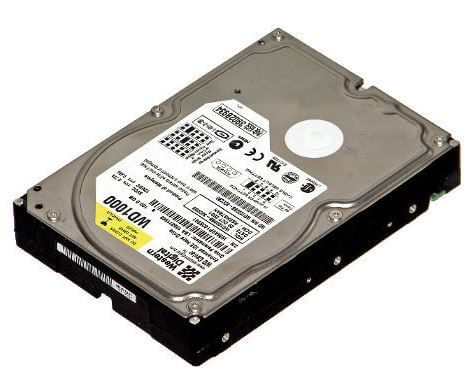GPT stands for GUID Partition Table.
The widespread MBR partitioning scheme, dating from the early 1980s, imposed limitations which affect the use of modern hardware. Intel therefore developed a new partition-table format in the late 1990s as part of what eventually became UEFI. The GPT as of 2010 forms a subset of the UEFI specification.
To use GPT for partition, the system has to meet the following requirement.
Hardware:
New motherboard with UEFI support.
Software:
Linux has native support for it.
Windows 2008, Windows 7, only 64bit support it.
Look at Microsoft description of GPT.
The GUID Partition Table (GPT) was introduced as part of the Unified Extensible Firmware Interface (UEFI) initiative. GPT provides a more flexible mechanism for partitioning disks than the older Master Boot Record (MBR) partitioning scheme that was common to PCs.
A partition is a contiguous space of storage on a physical or logical disk that functions as if it were a physically separate disk. Partitions are visible to the system firmware and the installed operating systems. Access to a partition is controlled by the system firmware before the system boots the operating system, and then by the operating system after it is started.
There are some other features GPT has.
It can support even big disk, say > 2TB
It can have more partitions.
So, it told me that if you want to diy a new PC, you should take a a mobo with UEFI Bios.
